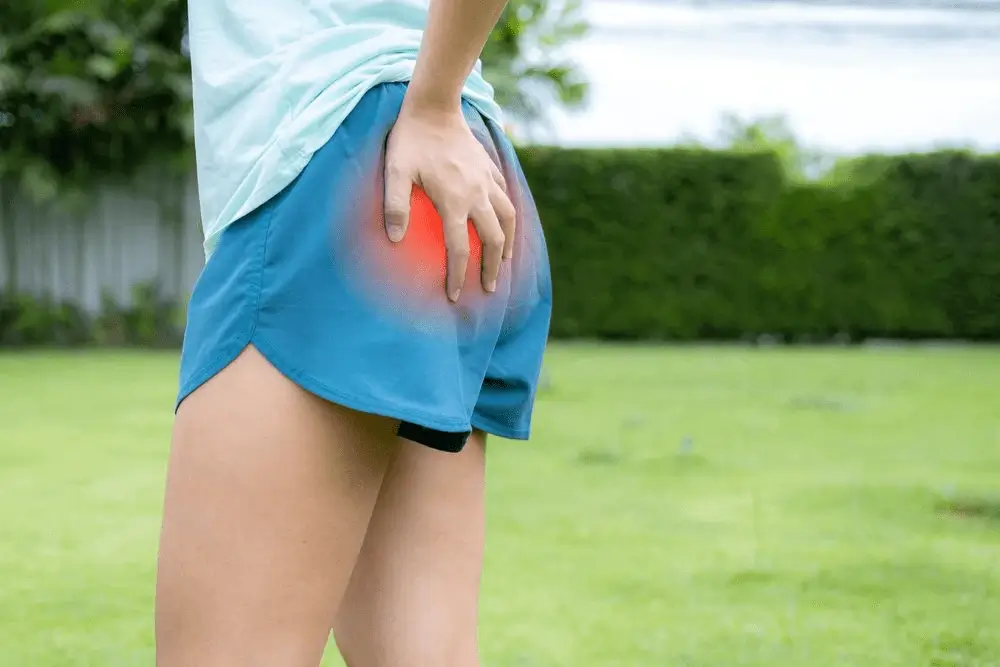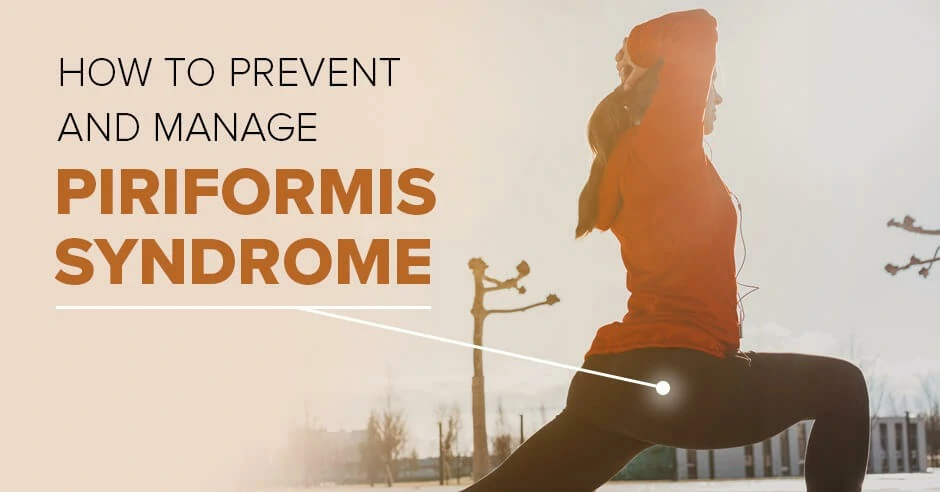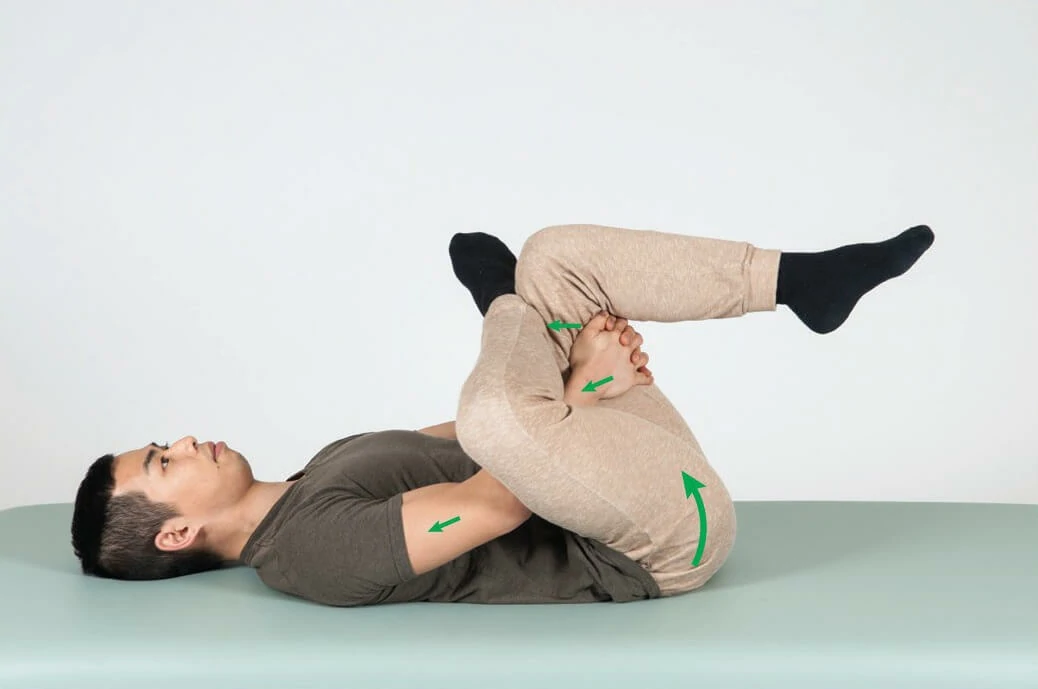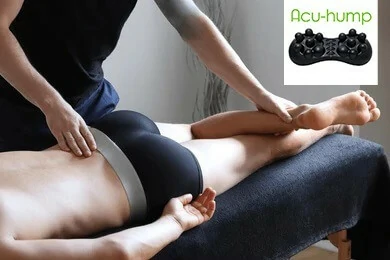Piriformis syndrome is a condition characterized by pain and discomfort in the buttock region caused by the irritation or compression of the piriformis muscle. It can affect individuals who spend prolonged periods sitting or engage in activities that strain the muscle. Finding a balance between physical activity and rest is crucial for managing piriformis syndrome effectively.

The Benefits of Walking for Piriformis Syndrome
Moderate walking plays a vital role in preventing the development of piriformis syndrome. Regular walking promotes overall muscle strength and flexibility, including the piriformis muscle. Strengthening the surrounding muscles helps in supporting the piriformis muscle, reducing the risk of strain and associated pain.
Additionally, walking improves blood circulation to the affected area, facilitating the delivery of essential nutrients and oxygen while removing waste products. This increased blood flow helps reduce inflammation, one of the key factors contributing to the discomfort associated with piriformis syndrome.
Moreover, walking offers psychological benefits that indirectly contribute to managing piriformis syndrome. Engaging in regular physical activity, such as walking, can reduce stress levels and enhance mood. Reduced stress leads to muscle relaxation, alleviating tension in the piriformis muscle, and ultimately reducing symptoms.

The Risks of Excessive Walking for Piriformis Syndrome
While walking has numerous benefits for piriformis syndrome, it is essential to be cautious about excessive walking. Overexertion can strain the muscles, including the piriformis, leading to the development or worsening of piriformis syndrome symptoms.
To avoid this, it is essential to pace oneself and gradually increase walking intensity and distance over time. Pushing too hard too soon can put excessive strain on the piriformis muscle, leading to additional discomfort and potentially preventing proper recovery.
Individuals with piriformis syndrome must be mindful of any signs of increased pain or discomfort during or after walking. If experiencing heightened symptoms, it is advisable to adjust their walking routine, decrease intensity, or take breaks as needed. Each person’s tolerance and capacity for physical activity may vary, so listening to the body’s signals is crucial for avoiding exacerbation of symptoms.
Recommendations for Walking with Piriformis Syndrome
Before initiating a walking routine with piriformis syndrome, it is advisable to consult with a healthcare professional or physical therapist. They can provide personalized advice considering individual factors such as current symptoms, fitness level, and overall health.
Incorporating stretching and warm-up exercises before walking is essential to prepare the muscles, especially the piriformis, for physical activity. This helps increase muscle flexibility and reduces the risk of strain or injury during walking.
Proper walking techniques are crucial for individuals with piriformis syndrome. Maintaining good posture aligns the spine correctly, reducing strain on the muscles, including the piriformis. Furthermore, using well-fitting footwear provides adequate support and cushioning, minimizing the stress on the affected muscles during each step.

Methods for Alleviating Piriformis Syndrome Symptoms
In addition to incorporating walking into a management plan for piriformis syndrome, there are several other methods individuals can try to alleviate their symptoms:
- Stretching Exercises: Regular stretching of the piriformis muscle can help relieve tension and reduce pain. Some effective stretches include the seated piriformis stretch, lying piriformis stretch, and supine piriformis stretch. These stretches should be performed gently and held for about 30 seconds to one minute. Using the Acu-hump massage tool during stretching exercises can enhance the effectiveness and help release tight muscle more quickly.

- Heat and ice Therapy: Applying heat or ice to the affected area can provide temporary relief from pain and inflammation. Heat therapy, such as using a heating pad or warm towel, helps increase blood flow and relax the muscles. Ice therapy, such as applying an ice pack or ice wrapped in a cloth, can help reduce inflammation and numb the area. Both methods can be alternated for 15-20 minutes at a time, with breaks in between.
- Rest and Activity Modification: Resting the affected area is crucial to allow time for recovery and reduce further irritation. It is important to avoid activities that aggravate symptoms, such as prolonged sitting or activities that involve repetitive movements of the piriformis muscle. Instead, individuals should focus on low-impact exercises that do not strain the muscle, such as swimming or stationary cycling.
- Physical Therapy: Seeking help from a physical therapist can provide valuable guidance and personalized exercises to strengthen the muscles surrounding the piriformis. A physical therapist may also use techniques such as massage, ultrasound therapy, or electrical stimulation to relieve muscle tension and promote healing. Using the Acu-hump massage tool at home can supplement these therapy sessions.

- Acu-hump Massage Tool: The Acu-hump is a self-massage tool that can be used at home to target and relieve tension in the hip muscles. By applying pressure to specific trigger points, it helps reduce muscle tightness and promote relaxation. Using it during stretching exercises can enhance the effectiveness and expedite the release of tight muscles.

Acu-hump: 30-day return policy.
You have no risk.
Walking can play a significant role in managing piriformis syndrome when approached with moderation and caution. It offers numerous benefits, such as promoting muscle strength, improving blood circulation, and enhancing mental well-being. However, excessive walking can strain the piriformis muscle, resulting in increased discomfort. By following recommended guidelines, individuals can safely incorporate walking into their treatment plan, finding the right balance to alleviate symptoms and improve their overall well-being. It is crucial to listen to one’s body and consult with healthcare professionals for personalized advice.
